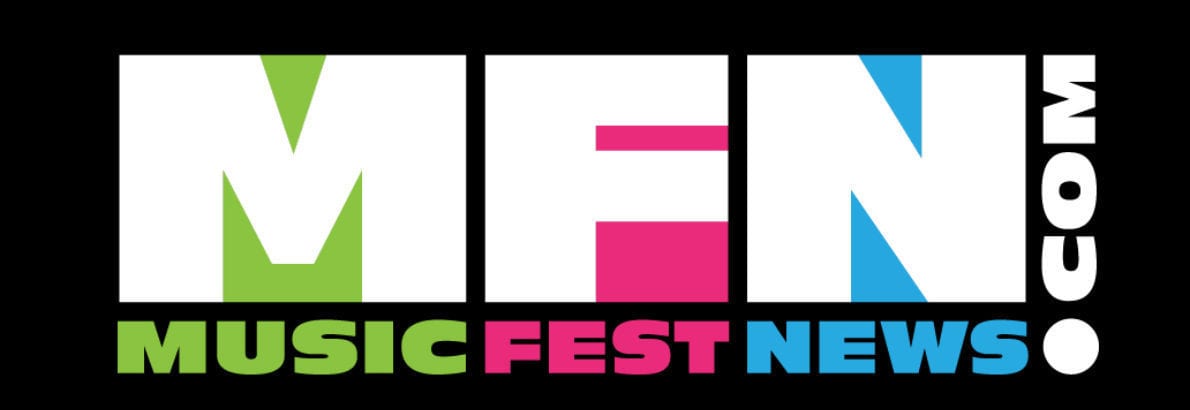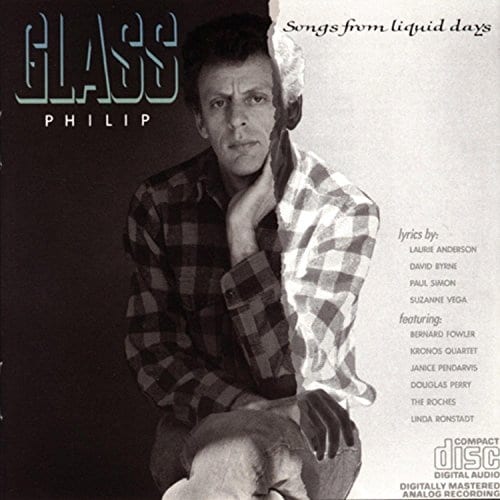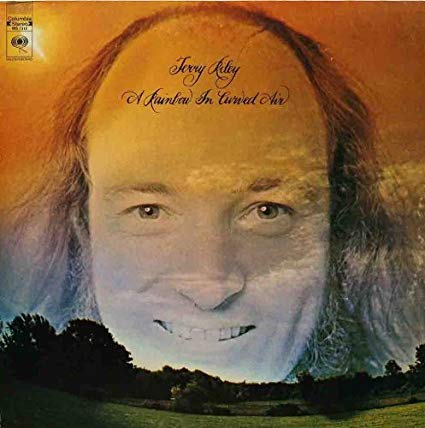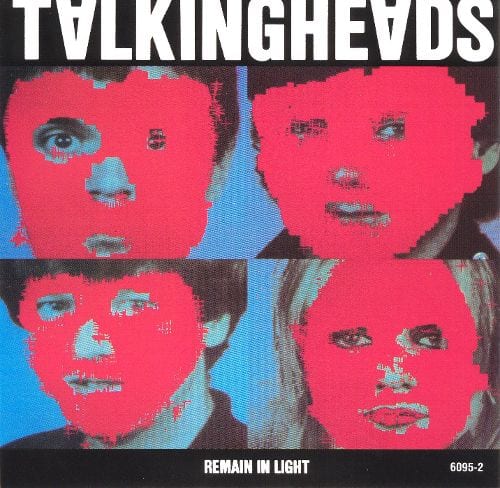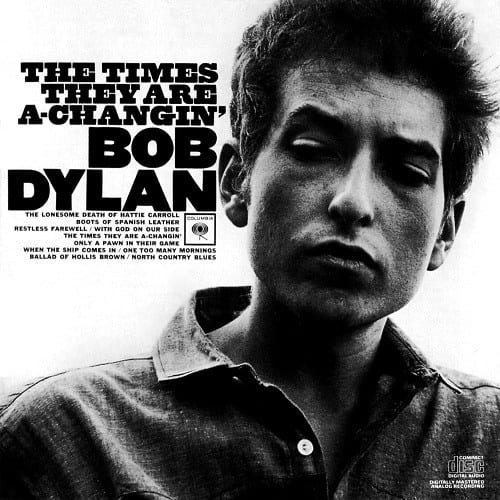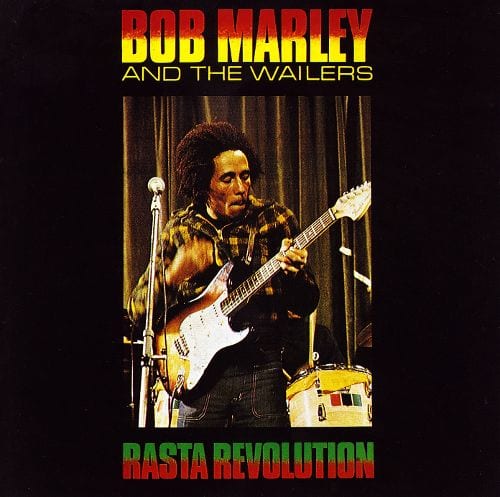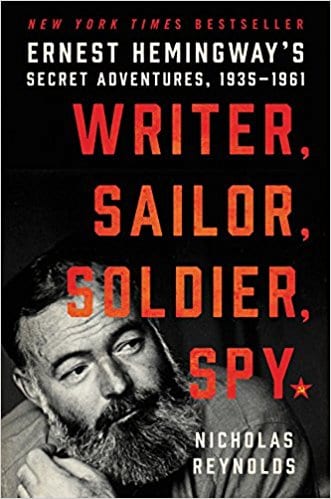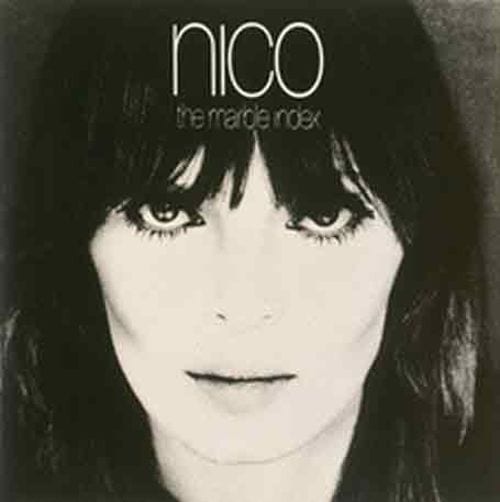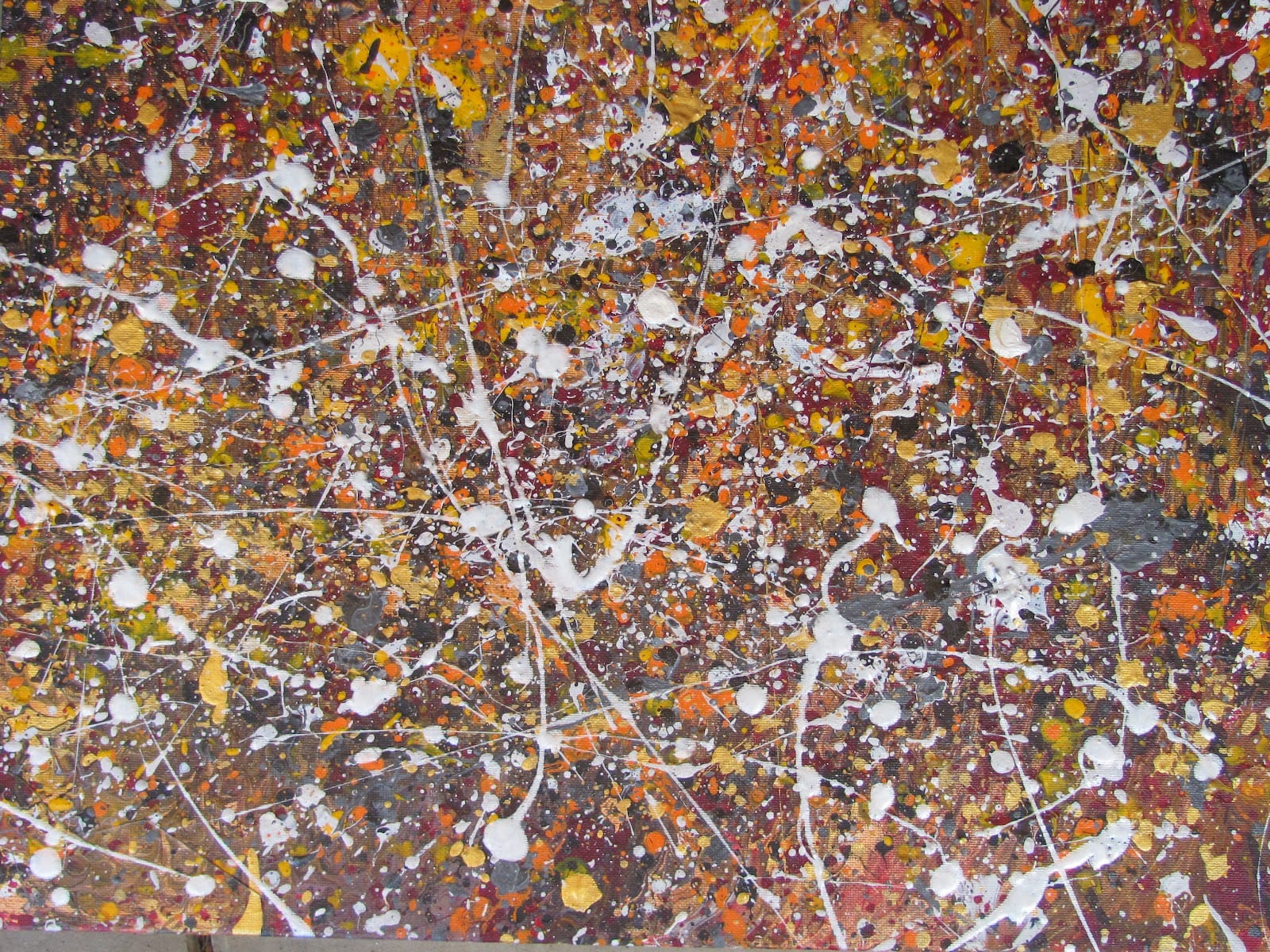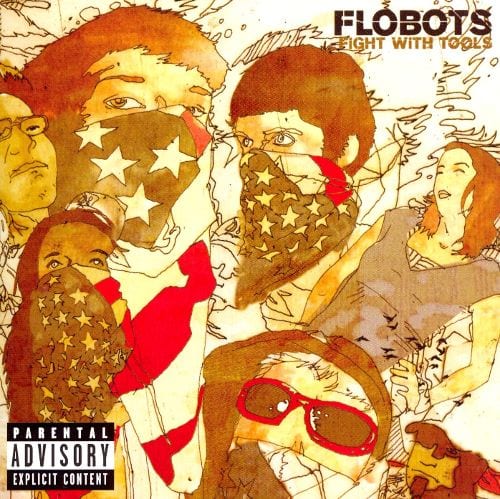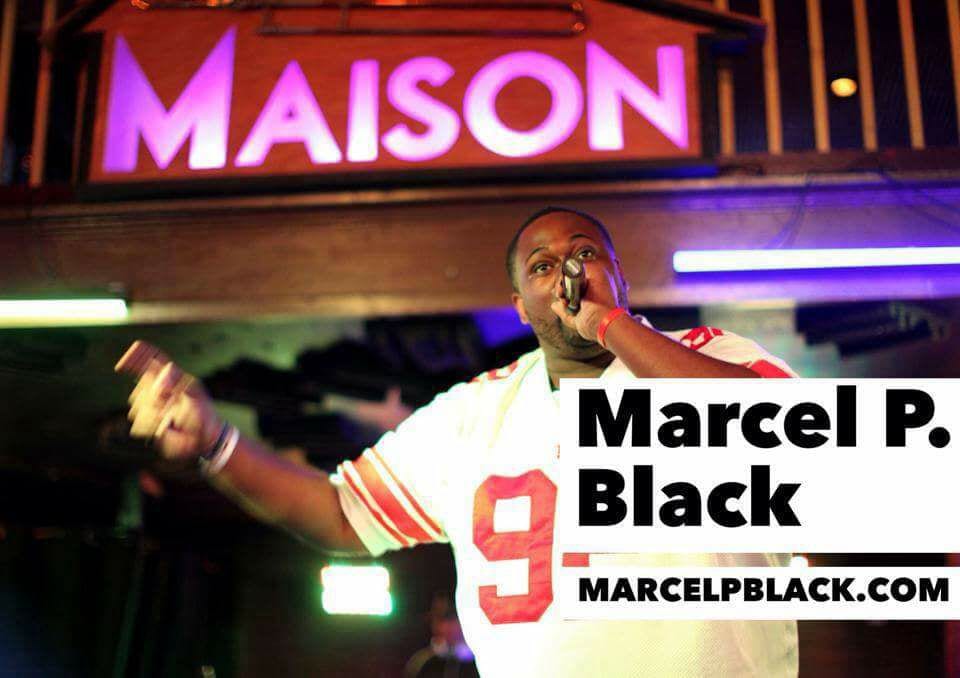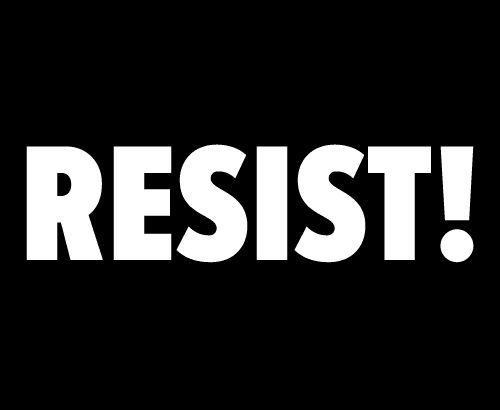
The State of Resistance in Music
A few weeks back my grandmother invited me to join her at her community center to listen to what was advertised as an evening of “Protest Songs.” A trio of acoustic musicians were hosting an evening in which they hoped to draw out the ole’ flower children to listen to and celebrate their generation’s musical legacy of resistance. My grandmother was born in 1938, so she was a little too old to get swept up in the hippie Summer of Love, but as Dorian Lynskey chronicles in the book 33 Revolutions Per Minute, the American protest tradition goes back to the 1930s, when Billie Holiday began singing the fabled “Strange Fruit,” mixing sultry popular jazz with a cultural message. What amazed me, however, was how the Flower Power of the ’60s and (classical) libertarianism of America’s folk tradition seemed to be recast as a patriotic swan song. It seemed, while I sat in the banquet hall with some 40 seniors, that the music had been defanged and repackaged with stultifying results.
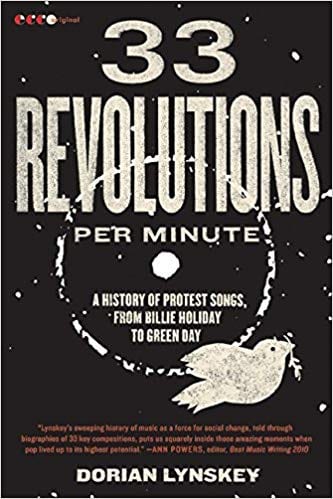
Of course, protest music has a much longer history than Holiday’s breakthrough lament about lynching. From slave choruses to labor union chants, resistance has been as much a part of musical expression as any other theme. What Lynskey points to, however, is that moment when folk music became pop. Tracing the origins of pop through folk from Woody Guthrie to Pete Seeger, down through its transformation to rock’n’roll with the Beatles and Crosby, Stills, Nash, and Young, to the rupturus transmogrification of punk’s political blitzkrieg and hip hop’s equally explosive cultural rage, the evolution of pop music has arguably been defined as much by left-wing cultural and political resistance as with anything else.
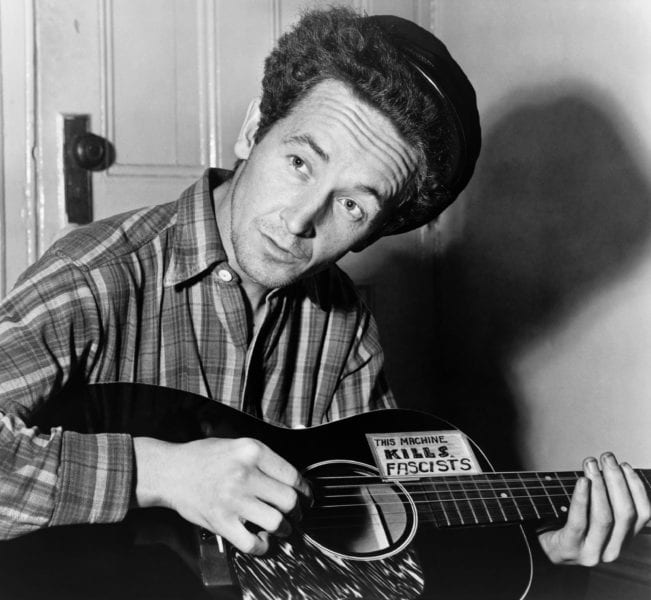
I emphasize left-wing on purpose. Music supporting the status quo has historically been either conformist or reactionary, either subsuming itself in popular refrains that matched the trends of the time (to take a somewhat contemporary example you have ABBA’s entirely non-threatening disco beats riding the sales of a movement actually capitulated by black and queer resistance) to stadium country which at best recoils into safe niches already carved out by the more adventuring protest genres and at worst completely misses the revolutionary comment inherent to songs like Springsteen’s “Born in the USA,” co-opting its message and making it something entirely different from what was intended.
Resistance in music, to my mind, comes in two forms: method or message. It can be one or the other or both, but there needs to be some sort of strife begetting change – some sort of friction that goes against traditional mores or fundamentals of society. Personally, I had never found the ’60s era message of love, peace, and the redemptive power of music to heal the world as very convincing. There was something that just seemed naïve about the enterprise that I had the luxury of hindsight to be able to see that the worst was only yet to come from the prophesied Age of Aquarius. Rather, I had early on had my interest piqued by experimental composers such as Philip Glass and Terry Riley who, although likely rarely aligned with post-punk groups like The Talking Heads, shared in the confrontational approach of discordance and abrasion.
Moreover, as I was growing up there seemed to be a resurgent nostalgia for the ’60s era and a reignited faith, once again, in the power of music with a resistance to the more artsy nihilism of contemporary artists. This was seemingly a result of the Iraq War, what with the relative silence of protest music after 9/11 when I was a freshman in high school due to resurgent patriotism (and latent nationalism) to the full-blown anti-Bush celebrity campaigns by the time of my graduation in 2005, the musical landscape had both reinvigorated itself for a new generation while not necessarily coming up with any new solutions. Dissent was in the air, but there were few who were capable of finding the correct tone for post-modern perspectives on rebellion and so music fans flocked back to the words of Bob Dylan and Marley.
People were once again looking for answers to questions that the relatively tame Clinton administration had allowed us to forget, and so by the time the backlash from the Middle East came home to roost and subsequent US intervention, the neo-liberal agenda had already swept through the musical landscape and bought up resistance in the form of commodified dissent (cue Toyota’s 2004 commercial featuring The Buzzcocks). It seemed as if, in the Baby Boomers’ failed attempt at cultural revolution, they resorted to defanging and repackaging the resistance movements of the 20th century so as to both excuse their lack of integrity to keep up the fight and find redemption through padding their pockets with sounds that were once anathema to mainstream culture. It was the perfect recipe for impotence in my generation – being refed a failed experiment as a way to passively consume rather than produce revolt.
Part of the problem today is making heads or tails of what is or is not political anymore. On the one hand, you have artists of all genres trying to speak out in some way to the extent that it all just seems to become diluted. On the other, personal politics are becoming so tied up with individual artists that, no matter what they do, it is cast through the lens of political orientation – whether there is a message or not. This is dangerous territory for artists of all stripes. I honestly don’t know one way or the other whether it is a good or bad thing that we no longer seem to be able to divorce an artist’s personal life from their craft. Pollock and Hemingway were notorious misogynistic pricks, Ezra Pound an avowed fascist, and Nico famously introduced her own son to heroin when he was 22. Yet literature, art, and music would look much different today had any of these four been completely disavowed during their time.
In “The Year in Protest Music 2017,” Pitchfork’s Stacy Anderson lists 20 of last year’s most urgent protest songs. From Eminem’s freestyle at the BET hip hop awards later titled “The Storm” disavowing Trump and Ibeyi’s nostalgic “No Man is Big Enough for My Arms” which repurposes Michelle Obama’s 2016 speech to Joan Baez who, having famously sung “We Shall Overcome” during the 1963 March on Washington, now took the pink pussy-hatted mantle with “Nasty Man.” However, of the 20 examples of the best protest songs, most are stagnant and unknown – victims of the above-mentioned dilution of message and impotence of method.
There seem to me two ways out of this quagmire wherein the end result would otherwise just be increased record sales and exposure for the artist: direct action and détournement. Popular protest music failed in the 20th century due to people expecting the music itself to be the change – that if they could just spread the word and people could “tune in” they would see the error of their ways. In other words, it was fundamentally passive and paved the way for its commodification. The problem with relying on the music to do the work is the same that runs through internet discourse: if you don’t already share the opinion you are a.) unlikely to be listening to that artist in the first place and b.) are going to judge it according to your already existent belief.
Direct action encourages the listener to take the next step. The 2007 breakout album Fight with Tools with its subsequent hit “Handlebars” by the band Flobots embodies this DIY ethos along with underground rappers like MC Sole and Marcel P. Black, all of whom are community organizers and activists as well as musicians. It is not enough to just be trending. Plenty of artists use their celebrity to spread a message but, just as with John Lennon’s and Yoko Ono’s Bed-In for Peace or billboards proclaiming the end of the war as some sort of wishful agitprop, it does little to effect actual change. If you are going to call for resistance it is not enough to make money off the movement without getting your hands dirty as well. If you’re going to sound the rallying cry, you must show up yourself. (For more underground resistance music, follow the Spotify playlist I curate for the podcast Radical Underground below.)
Détournement is a Situationist term that was first utilized by punk appropriations of political imagery (their notorious adoption of Nazi regalia is an example that backfired by having the scene recouped by National Front punks in the UK; cf. The Dead Kennedys’ “Nazi Punks Fuck Off”). Nirvana arguably used subversion of their popularity at the 1992 VMAs when, instead of playing the agreed-upon newly released “Lithium,” Cobain played the opening chords to the much more controversial “Rape Me.” They had been warned by producers that if they were to play that song their set would be cut from the live feed, so, playing just enough of it for it to be recognized without, however, pushing the issue too far so as to be censored, Nirvana embarrassed the MTV establishment which made them famous.
Today, hip-hop has made a practice of using its position of cultural eminence to subvert its power and speak back to its roots of resistance to bourgeois culture. The quintessential example is Beyoncé’s 2016 Super Bowl performance of her song “Formation.” Having become an industry unto herself, Beyoncé was able to use her power of influence to deck out her performers in uniforms echoing the Black Panthers and performed a song critical of the very culture that lifted her up. Both examples were of course fraught with controversy, but that is the point. Détournement is about upsetting the very order that makes its distribution possible in the first place, thus calling itself into question to a wider audience than otherwise would have been possible. The football fans, many of whom either wouldn’t have listened to her music in the first place or were only accepting of her tamer qualities, had to choose between rejecting their most important event or sit through it and let the message happen to them whether they liked it or not.
There are of course many more examples, but in the vein of tracing the trajectory of pop these two represent some of the most renowned. Resistance in music is not the end in itself, and therefore to look for “successful” protest music is misguided, for by virtue of being successful it becomes recouped into the system it is rejecting and merely ends up reinforcing it. Rather, the music of resistance should be that which provokes. This may make it seem more like propaganda, but propaganda is not in and of itself a negative thing. We tend to characterize that word as representing lies and misinformation, but songs like “This Land is Your Land” and “America the Beautiful” are just as much propaganda as anything else. Anything that rallies and stirs emotion for political purposes qualifies. The question is to what end is it doing it? From that interpretation any piece can be used both positively or negatively. And that is, as they say, not a bug, but a feature. It is up to us how we use the music of resistance, but it is first necessary that it inspires us to act rather than accept the world as it is.
